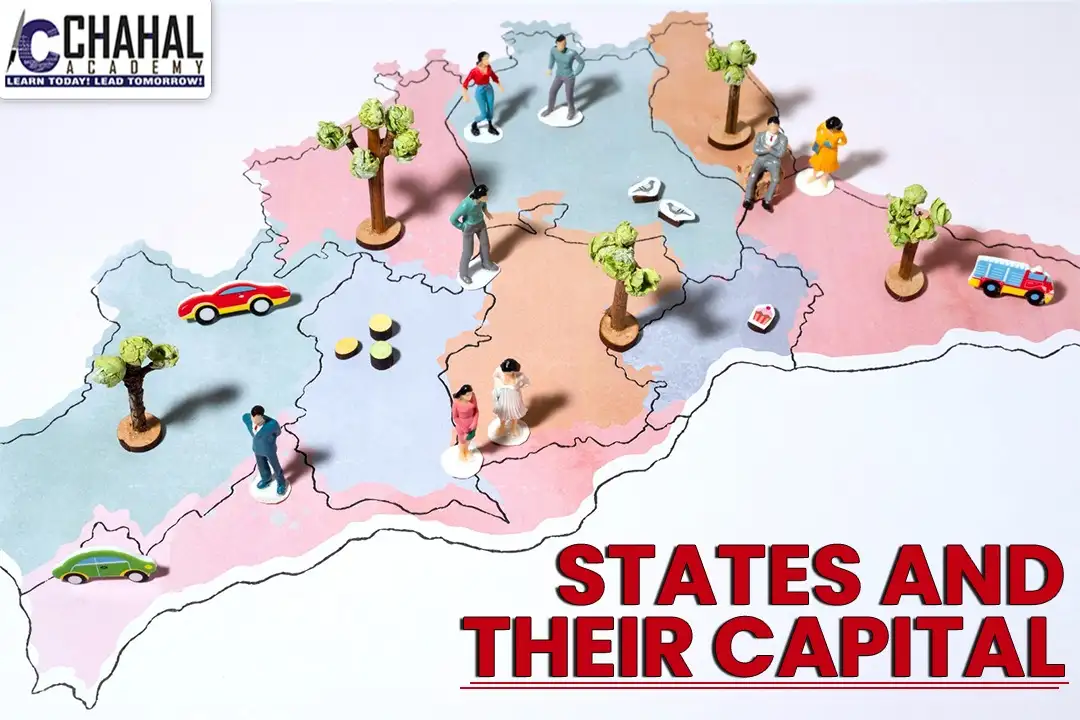28 States & 8 UTs of India UPSC CSE

Whatsapp 88106-52225 For Details

Get Free IAS Booklet
Get Free IAS Booklet
India, a union of states, is a Sovereign, Secular, Democratic Republic with a Parliamentary system of Government. India comprises 28 states and 8 Union territories. Union Territories are overseen by the President through an Administrator appointed by them. Each State/Union Territory in India, ranging from the largest to the smallest, boasts a distinct demography, history, culture, attire, festivals, language, and more.
When Indian gained independence in 1947, there was utter chaos. The territories were divided between Indian & Pakistan. Moreover Princely States were given a choice to select which newly formed country they wanted to become a part of. There were 565 such Princely States. However, Sardar Patel, the iron man of India got to work and integrated them all. Since then began the continuing task of formation of states and union territories in India. These are formed on grounds of linguistic differences (Andhra Pradesh, Bombay State & Punjab were created because of their distinct languages), or administrative ease like carving out Jharkhand from Bihar and Uttarakhand from Uttar Pradesh. As recently as 2019, the Union Territories of Jammu, Kashmir & Ladakh were formed due to national security reasons after end of Article 370.
It is the Central Government, Under Part I of the Constitution which has the power to create and re-draw state boundaries. While the State Assemblies can make a representation, their suggestions are only recommendatory. However, in the past States have been created on popular demand by putting political pressure on the Central Government e.g. creation of Andhra Pradesh after self-immolation by activist Potti Sriramulu or creation of Telangana State after widespread demand.
The President serves as the constitutional head of the Executive at the Union level. In the states, the Governor, acting as the representative of the President, assumes the role of the head of the Executive. However, The Chief Minister is the executive de facto head of the state, while Governor has a ceremonial role. The Chief Minister has a Council of Ministers in the Legislative Assembly. The Assembly is headed by a Speaker. The Chief Minister is elected by the people of the State through regularl elections every 5 years.
Here are the Union territories and their capitals:
Book your Free Class
Book your Free Class
